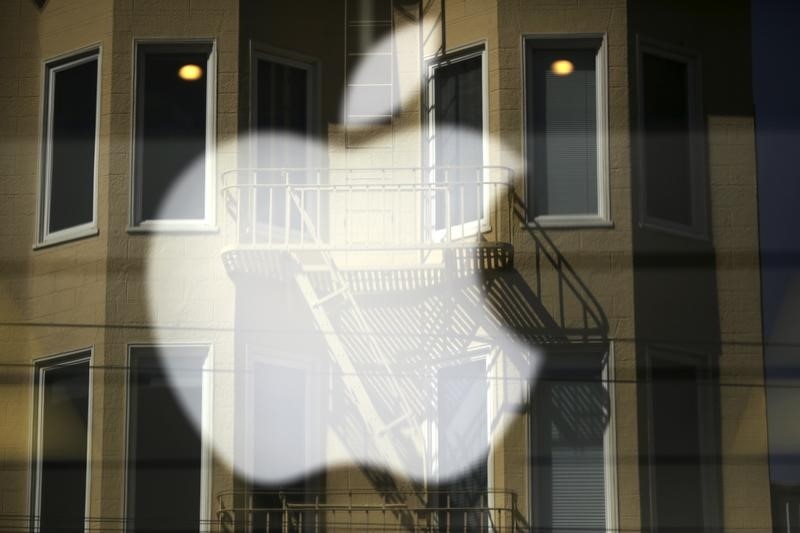UBS analysts estimate that global iPhone sales experienced a 4% year-over-year decline in February, dropping to 17.4 million units from 18.1 million amid “material softness in the US and China.”
Citing data from the China Academy of Information and Communications Technology, Bloomberg reported in March that Apple’s (AAPL) smartphone shipments in February within the country tallied approximately 2.4 million units. This figure represents a 33% decline compared to the same month in 2023.
Despite this downturn not being as severe as January's estimated 5.5 million units—a 39% year-on-year decrease—the latest figures still present a gloomier picture than some recent analyses have suggested.
For instance, a report from Counterpoint Research, published in early March, posited that iPhone sales in China had seen a 24% reduction during the initial six weeks of the year.
“In China, strong YoY sell-through by local brands (Huawei +94%, Xiaomi +34%, Vivo +28%, and Oppo +5%) in Feb contributed to a 16% YoY decline in iPhone sell-through,” analysts at UBS highlighted.
“iPhone sell-through share in China fell ~650 bps YoY to ~15% in Feb,” they added.
In the US, a combination of subdued carrier upgrade rates and the competitive performance of Samsung's S24 series fueled a 9% year-on-year decline in iPhone sales during February, UBS noted. The market share of iPhone sell-through for the month was approximately 48%, representing a decrease of around 350 basis points from the previous year.
Looking forward, the analysts maintained their 51 million sell-in unit outlook for the March quarter.
In recent years, January and February represented roughly 70% of iPhone sell-through in the March quarter. Consequently, UBS estimates that “the March qtr is tracking to sell-through of ~54M units, down from ~56M last year.”
“Taking into account ~5M iPhone units last yr to restock the channel, we believe current demand trends and channel inventory suggest our 51M iPhone "sell-in" est. is reasonable for the qtr,” the team at UBS wrote.
